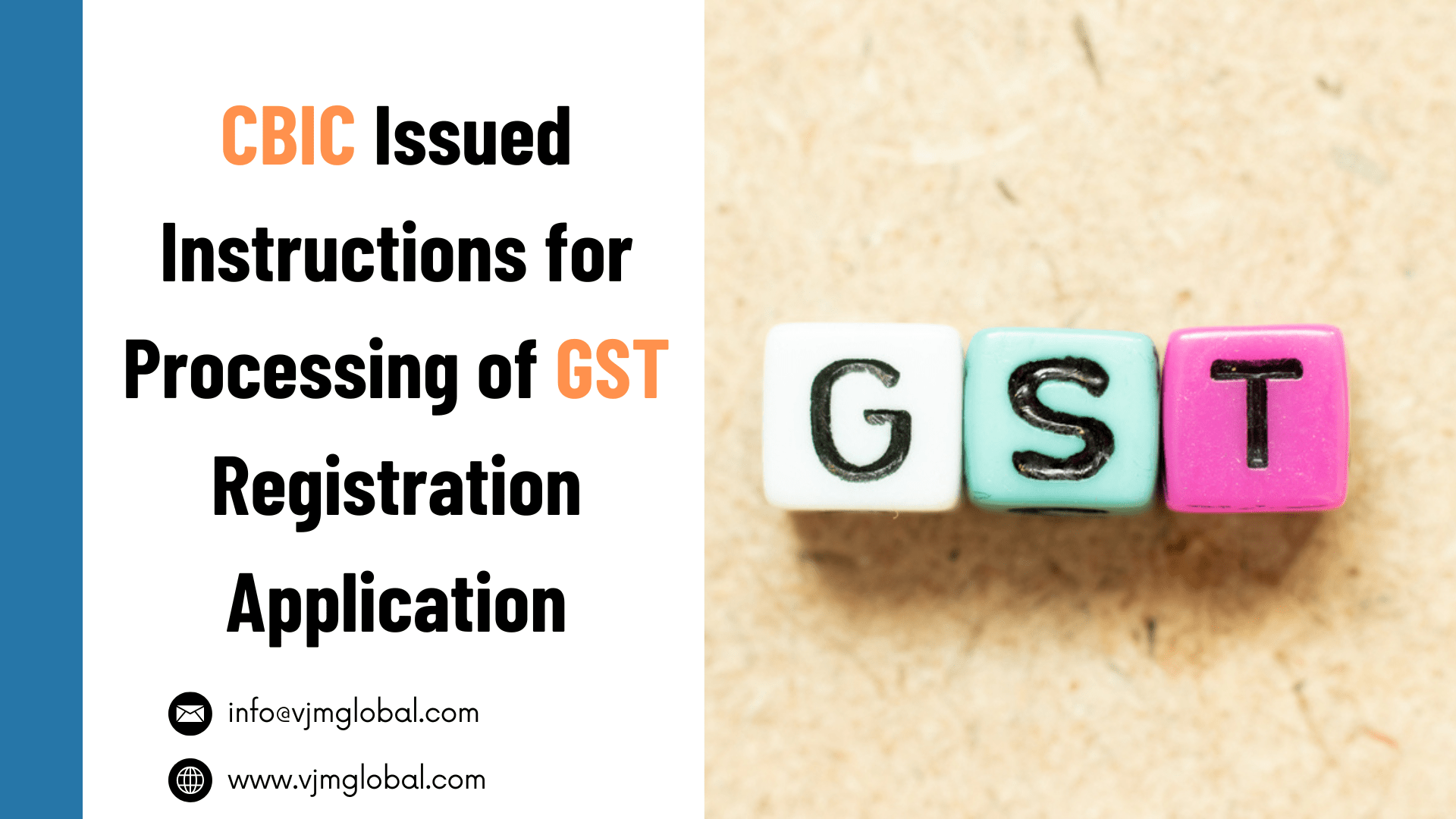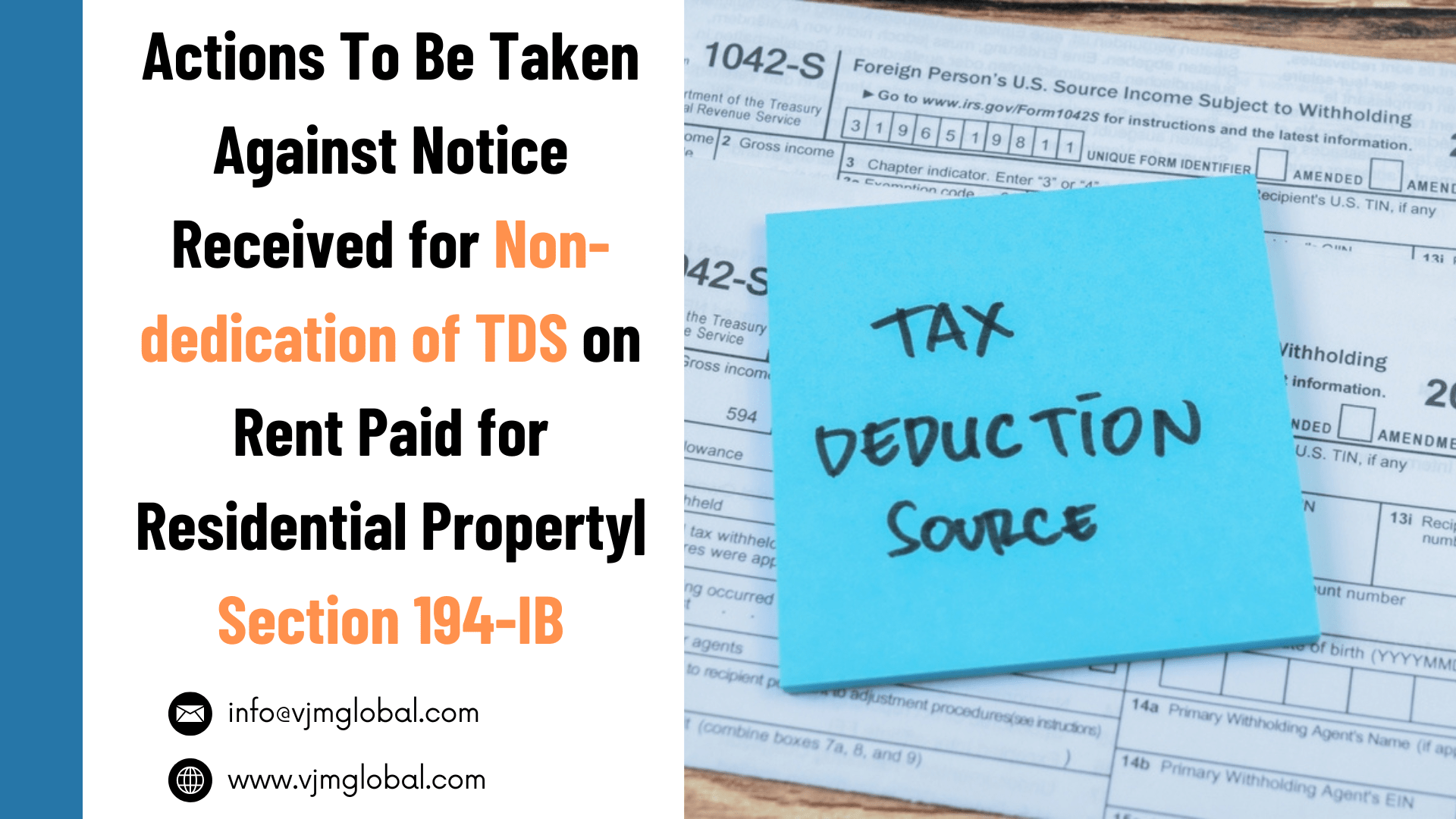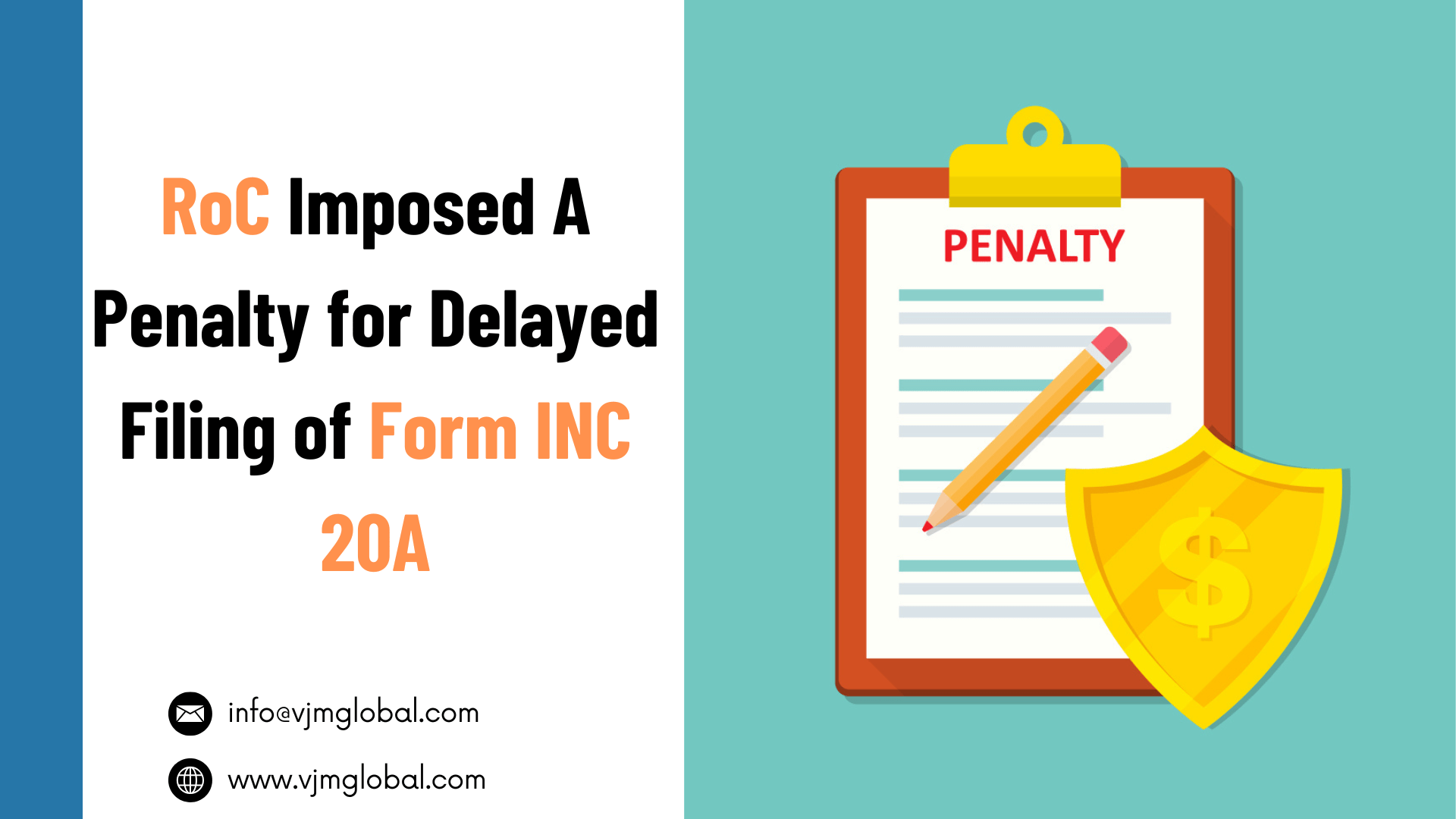Meaning of winding up of a company
The winding up or liquidation of a company is the process by which a company’s assets are collected and sold in order to pay its debts. Any assets remaining after all debts, expenses and costs have been paid off are distributed amongst the shareholders of the company. When the winding up has been completed, the company is formally dissolved and it ceases to exist.
Grounds for winding up of a company
Section 304 of the Companies Act, 2013 states that a company may be wound up voluntarily in the following two ways:
- By passing ordinary resolution- If the company in general meeting passes a resolution requiring the company to be wound up voluntarily as a result of the expiry of the period for its duration, if any, fixed in Article of Association. Similarly, if a company passes a resolution requiring the company to be wound up voluntarily on the occurrence of any event in respect of which the articles provide that the company should be dissolved.
- By passing a special resolution: If the company passes a special resolution that the company be wound up voluntarily.
Types of Winding up of a Company
Steps of Winding up of a Company
Publication of Resolution to Wind Up
Section 307 provides that where a company has passed resolution for voluntary winding up, the company shall within 14 days of passing of the resolution give notice of resolution by advertisement in the Official Gazette and also in the newspaper which is in circulation in the district where the registered office or principal office of the company is situated.
As per section 308, the process of winding up commences at the time when the resolution is passed.
Declaration of Solvency
Before 2013, the companies act had two kinds of voluntary winding up processes i.e. by members and by creditors. Under the Companies Act 2013, the creditors can convert the winding up into winding up by Tribunal as per section 306 of the Companies Act, 2013. Thus, there is only one kind of voluntary winding up, namely members’ voluntary winding up.
Section 305 (1) provides that where it is proposed to wind up a company voluntarily, its directors, or in case the company has more than two directors, the majority of its directors, shall, at a meeting of the Board, make a declaration verified by an affidavit which says:
- That they have made full inquiry into the affairs of the company and they have formed an opinion that the company has no debt or whether it will be able to pay its debts in full from the proceeds of the assets sold in voluntary winding up.
- That the company is not being liquidated in an attempt to defraud anyone.
The declaration must also include:
- Copy of audited report prepared according the act(can add reference to article on audit compliances) by the company’s auditor on the profit and loss account of the company for the period commencing from the date up to which the last such account was prepared and ending with the last practicable date immediately before making declaration and the balance sheet of the company which would also contain a statement of the assets and liabilities of the company.
- A report of the valuation of the assets of the company, if any prepared by a Registered Valuer.
This declaration will have effect only if it is made within five weeks immediately preceding the date of passing the resolution for winding up the company and it is delivered to the Registrar for registration before that date.
Meeting of Creditors
- As per Section 306, after the meeting of the members for voluntary winding up is held, a meeting for the creditors must be held on the same day or the next.
- A full statement of the position of the company’s affairs shall be presented at the meeting on behalf of the Board. The meeting shall be presided over by one of the directors. The meeting should be presided over by one of the directors.
- Where two-thirds in value of creditors of the company are of the opinion that it is in the interest of all parties that the company be wound up voluntarily, the company shall wound up. However, if two-third in value of the creditors of the company are of the opinion that the company may not be able to pay for its debts in full from the proceeds of the assets sold in the process and pass a resolution that it would be in the interest of the Company if it wound up by the Tribunal.
- The company, in such a case, will have to file the application to the Tribunal in 14 days.
Appointment of Liquidator
Section 310 provides that the company in its general meeting, where the resolution of voluntary winding up is passed, would appoint a company liquidator from the panel prepared by the Central Government. The Company Liquidator shall be appointed for the purpose of winding up its affairs and distributing the assets. The meeting also recommends the fee to be paid to the liquidator.
The company has to give notice to the Registrar of the appointment of the Liquidator within ten days of such appointment.
Powers and Duties of Liquidator
The Liquidator shall have following powers and duties with regard to the process of winding up:
- The Company Liquidator shall call general meetings of the company for the purpose of obtaining the sanction of the company by ordinary or special resolution, as the case may require, or for any other purpose he may consider necessary.
- The Liquidator shall maintain regular and proper books of account in such form and in such manner as may be prescribed and the members and creditors and any officer authorised by the Central Government can inspect such books and accounts.
- The Company Liquidator shall prepare quarterly statements of accounts in such form and manner as may be prescribed and file such statements of accounts duly audited within thirty days from the close of each quarter with the Registrar.
- The Company Liquidator shall pay the debts of the company and shall adjust the rights of the contributories among themselves.
- The Company Liquidator has to submit quarterly reports on the progress of the winding up of the company in such form and in such manner as may be prescribed to the members and creditors of the company. And he can also call their respective meetings when necessary. At least one such meeting per quarter has to be called.
Final Meeting and Dissolution
As soon as the affairs of the company have been fully wound up, the Liquidator has to prepare a report of winding up showing that the property and assets of the company have been disposed of and its debts fully discharged. Thereafter a meeting of the company shall be called for the purpose of laying the final winding up accounts.
If the majority of the members of the company after considering the report of the Liquidator are satisfied that the company should be wound up, they may pass the resolution for dissolution.
Submission of Liquidator’s Report to Tribunal
The Company Liquidator, within two weeks after the final meeting, shall send to the Registrar, a copy of the final winding up accounts and copies of resolutions passed at various meetings. Liquidator shall also file an application along with his report, books and papers of the company relating to winding up, before the Tribunal for passing an order of dissolution.
If the Tribunal is satisfied that the process of winding up has been just and fair, it shall pass an order of dissolving the company within sixty days of the receipt of the application.
The Registrar, on receiving a copy of the order passed by the Tribunal, shall forthwith publish a notice in the Official Gazette about the dissolution of the company.












